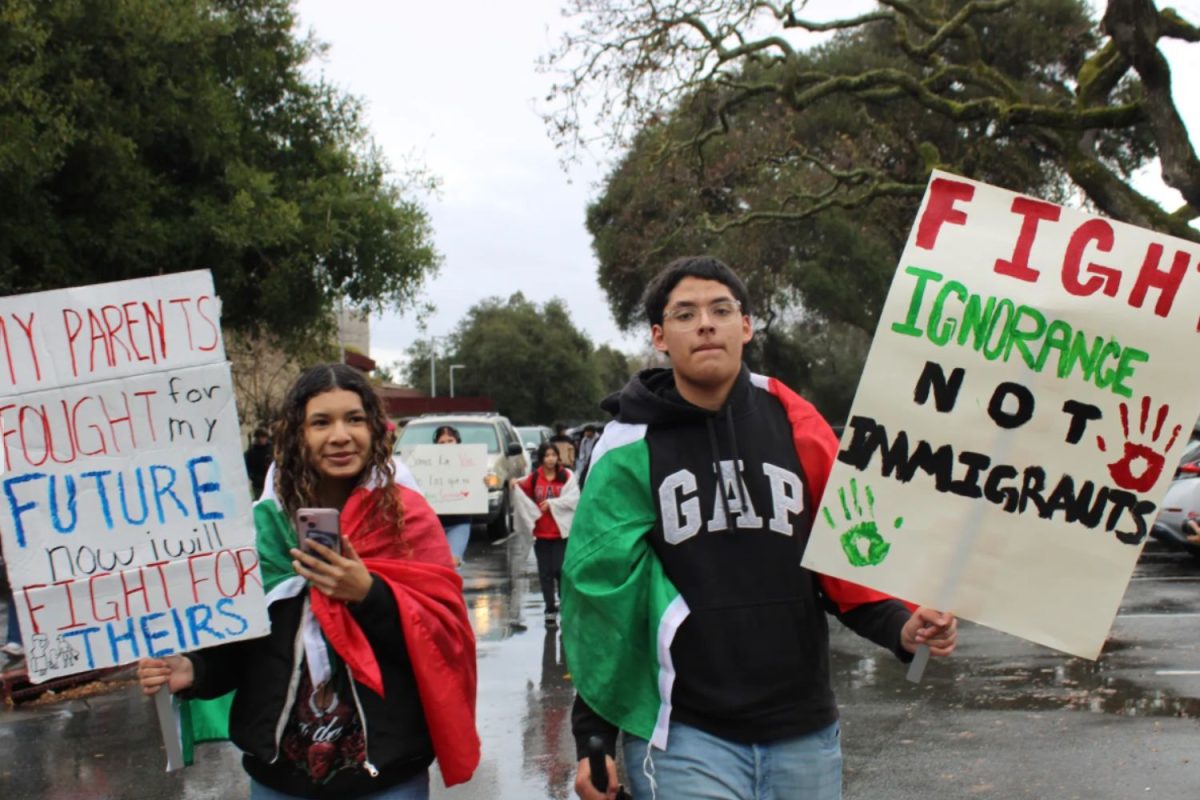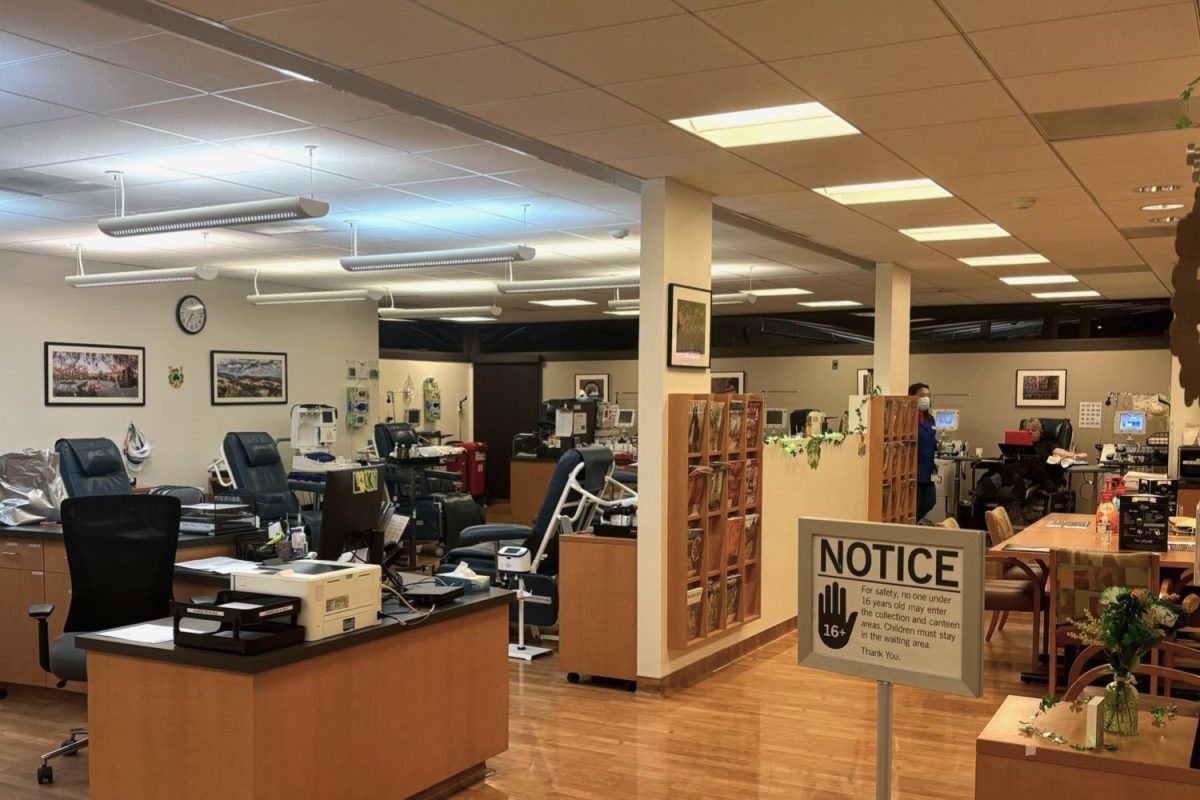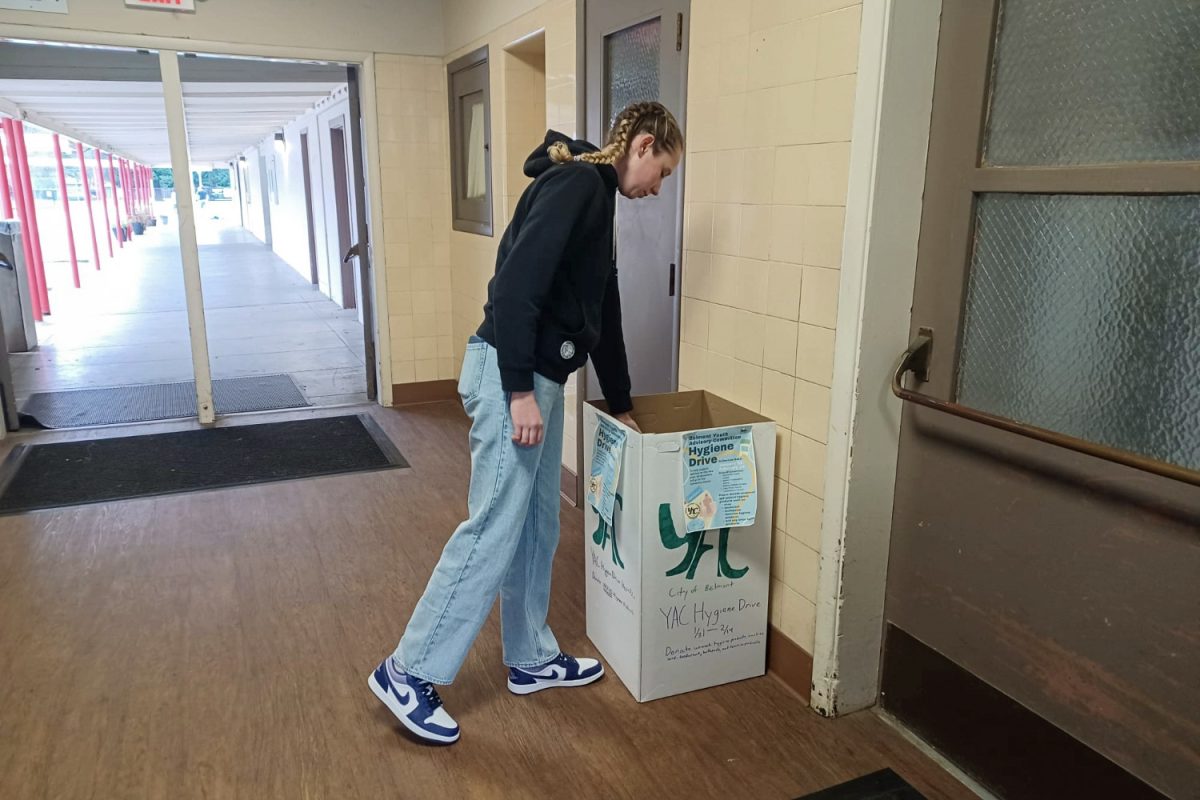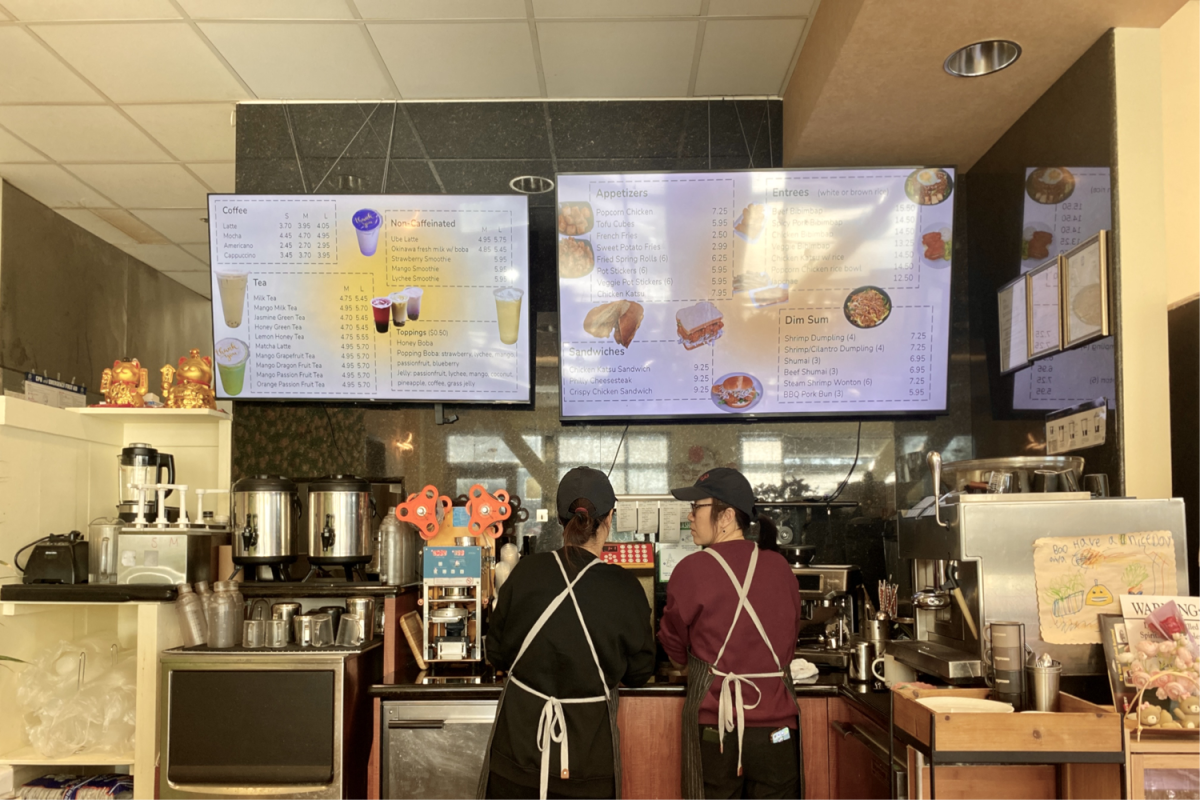Over 1,000 nutria have been eradicated in California this year, yet their presence continues to increase and spread.
Nutria are an invasive species in California that harm infrastructure and wildlife. They are semi-aquatic rodents that inhabit various aquatic environments, many of which can be found in California.
“Nutria prefer freshwater marshes, saltwater marshes, and anywhere that has a large expanse of marsh and delta,” said Paul Curtis, a professor of Wildlife Science at Cornell University.
According to the California Department of Fish and Wildlife (CDFW), nutria originated in South America but were introduced to the United States in 1899 because of the fur industry. California successfully eradicated them in the 1970s, however, traces of nutria were found in 2017 and have recently spread throughout nine different counties.
“Nutria can have around 4-13 young every six months, creating a challenge to keep up with eliminating them,” said Greg Yarrow, professor of Wildlife Ecology at Clemson University. “Once they get established, you’ve got lots of female breeding, and eradication is very difficult and expensive.”
Nutria are herbivores and eat a variety of native plants and vegetation. According to the CDFW, they consume multiple small meals daily and can eat up to 25% of their body weight.
“When they are feeding, they feed on native plants, sedges, cattails, and aquatic vegetation important to native wildlife,” Curtis said.
Adult nutria typically weigh 15-20 pounds, meaning they eat around 4-5 pounds daily, according to the CDFW. Due to their eating habits, these semi-aquatic rodents consume large amounts of underground material, resulting in contaminated water supplies and water displacement.
“Nutria will eat the green part of the plant first, then dig up roots and tubers. This loosens the soil and causes water quality problems and erosion in some areas,” Yarrow said. “They also burrow into dams and dikes, causing the dam and dikes’ integrity to weaken.”
In their habitats, nutria have the ability to establish homes underground that reach levees, dams, and other water-regulating systems. These areas determine California’s water flow and prevent coastal flooding.
According to CalMatters, around $3 million is spent annually on eradicating nutria in California. This number increases as nutria continue to breed.
“They can breed year-round which is not typical for a lot of mammals,” Curtis said.
Additionally, nutria affect local wildlife, putting pets and native animals at the risk of transmittable diseases. According to the CDFW, tuberculosis and septicemia are two diseases that nutria spread to pets and livestock.
Cassie Gray Spight, a pet owner and sophomore at Carlmont who studied coyote overpopulation, frequently takes walks with her dog by lakes and rivers, an area where nutria are commonly found.
“I make sure my dog is always on a leash and not near areas where one may find invasive animals,” Gray Spight said.
And while pet owners can take cautionary measures when surrounding their animals near nutria habitat, the species still pose a significant threat to California’s all kinds of wildlife.
“Nutria may threaten pets as they can transmit harmful diseases such as rabies and infections, which are deadly to small dogs like mine,” Gray Spight said.
How to report a sighting:
- Photograph signs of nutria
- Email [email protected]
- Call (866) 440-9530
- Report to CDFW’s Invasive Species Program












